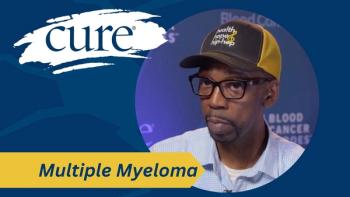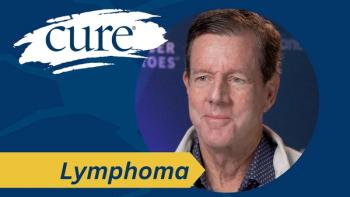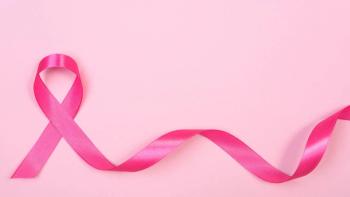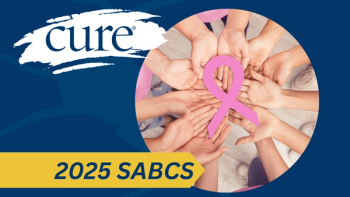
Facebook Chat recap: Lifestyle changes to improve well-being and reduce recurrence
On Thursday, Jan. 24, CURE hosted a Facebook Chat on lifestyle changes after a cancer diagnosis. We thought this would be a good topic for those new year resolutions. We invited Stacy Kennedy, a certified specialist in oncology nutrition, and Russell Kennedy, a behavioral specialist, to answer questions for on improving diet and physical activity. You can view the full chat
Stacy: Hi Amy after treatment getting your energy back can take a while. Drinking plenty of water, eating small frequent meals with protein, fruits and veggies and walking can be helpful. But extra rest is important too.Christi: Are organic products truly better for you? Do conventionally grown products really offer less nutrients than organic? I also heard conventionally grown produce is worthless - can this be true?
Stacy: Hi Christi, organic foods can be tricky to figure out. Have you seen the Dirty Dozen list?
Stacy: Hi Julie, with E+ breast cancer it's suggested to consume flax in moderation and avoid processed soy products that use soy protein isolate like nutrition bars, protein powders and fake meats. Natural soy foods in moderation are OK but we suggest organic or non GMO.
CURE: We also wrote about soy in 2009:
Stacy: Hi Tammy, washing produce with running water or a home remedy of lemon, baking soda, vinegar and water can be very helpful for removing pesticides. Remember eating fruits/veggies is more important for health than avoiding them due to concern over pesticides. Look into a CSA for local produce at
Stacy: Hi Amy, walking counts as exercise!!! Aim for at least 3-5 hours a weekTerri: I am in-between reconstruction surgeries. It seems like I just start getting back to the health club and I have another surgery that sets me back. Any advice on what I can do for fitness between surgeries until I am finished with them all?
Stacy: Hi Terri - walking is probably your best bet between surgeries. Also, you can find a personal trainer or instructor who is certified to work with cancer survivors. Go to
Stacy: Hi Nancy - yes you can get too much Vitamin D! 5,000 is considered the daily upper limit but this is generally too high of a daily dose for most people. 1000-2000 IU is generally safe. How much are you taking now? What was your last blood test?Connie: I have CML and have absorption issues, what foods or practice can assist me.
Stacy: Hi Connie, for absorption issues try cooked veggies like roasted or in soups, smoothies using fruits without seeds and juicing are all ways to get more fruits and veggies in. Also, eat small meals often throughout the day to help boost absorption - a big meal is a big trigger for malabsorption or diarrhea in your case.Candace: Is it true that most fruits and vegetables provide more nutrients when eaten raw except for tomatoes which are more nutritious cooked?
Stacy: Hi Candace, both cooked and raw veggies offer benefit. The lycopene in tomato is more available to the body when cooked and the Vitamin C is more available when raw. There are others though - like Vitamin K or iron content which can be higher when a veggie is cooked. So eat both cooked and raw for maximum benefit and when cooking steam, stir fry or roast over boiling and of course frying.




